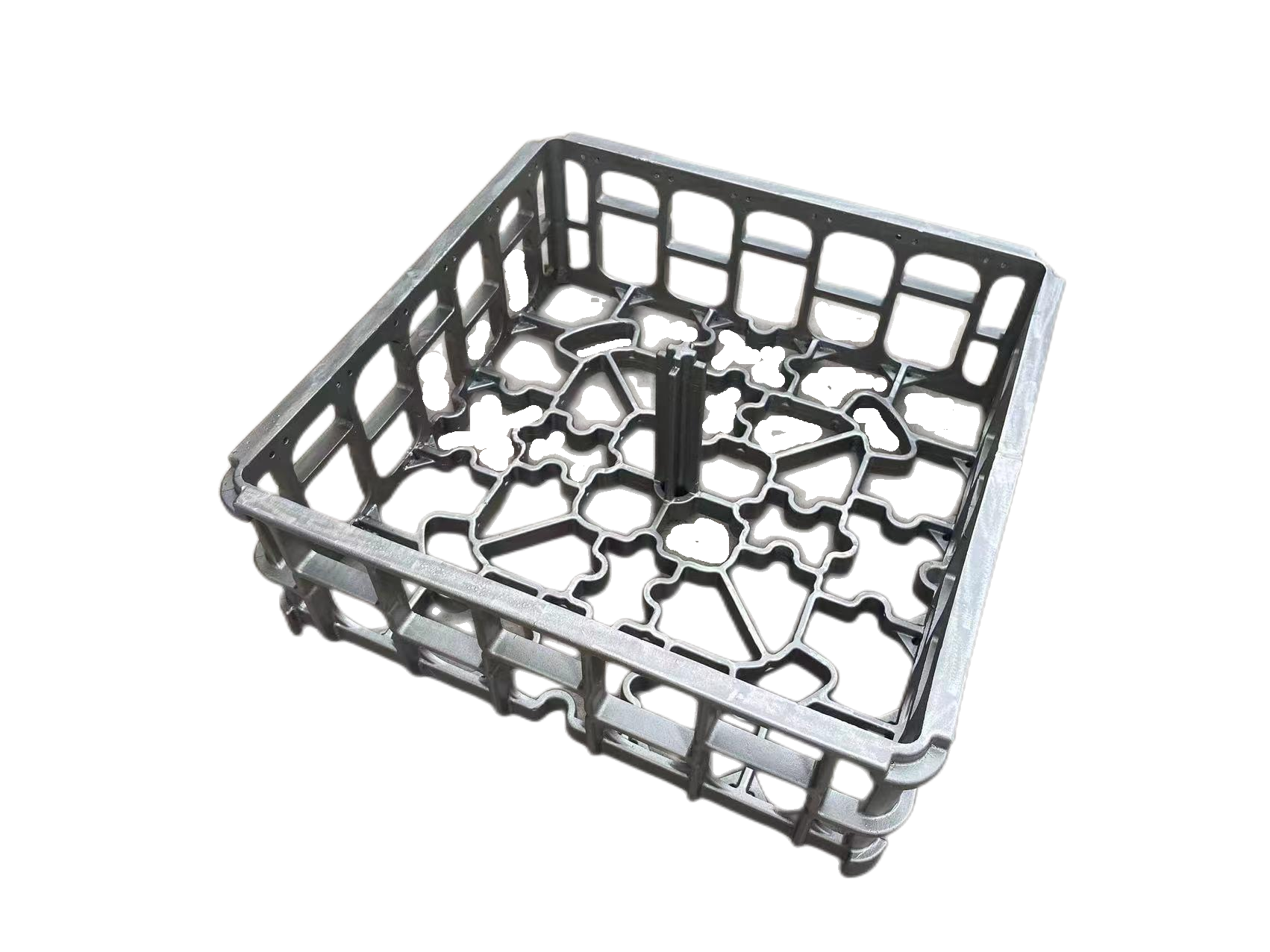heat resistant steel
Heat resistant steel represents a specialized category of metal alloys engineered to maintain structural integrity and mechanical properties under extreme temperature conditions. This remarkable material is specifically designed to withstand temperatures ranging from 400°C to over 1000°C while resisting oxidation, corrosion, and deformation. The composition typically includes carefully balanced amounts of chromium, nickel, and other alloying elements that contribute to its exceptional thermal stability. These steels exhibit excellent creep resistance, preventing gradual deformation under sustained loads at high temperatures. The microstructure of heat resistant steel is optimized through precise manufacturing processes, resulting in enhanced grain boundary strength and improved high-temperature strength retention. Common applications include industrial furnace components, gas turbine parts, power generation equipment, and critical components in petrochemical facilities. The material's ability to maintain dimensional stability and resist scaling at elevated temperatures makes it indispensable in various high-temperature industrial processes. Modern heat resistant steel grades incorporate advanced metallurgical technologies that enable extended service life and reliable performance in demanding thermal environments.
